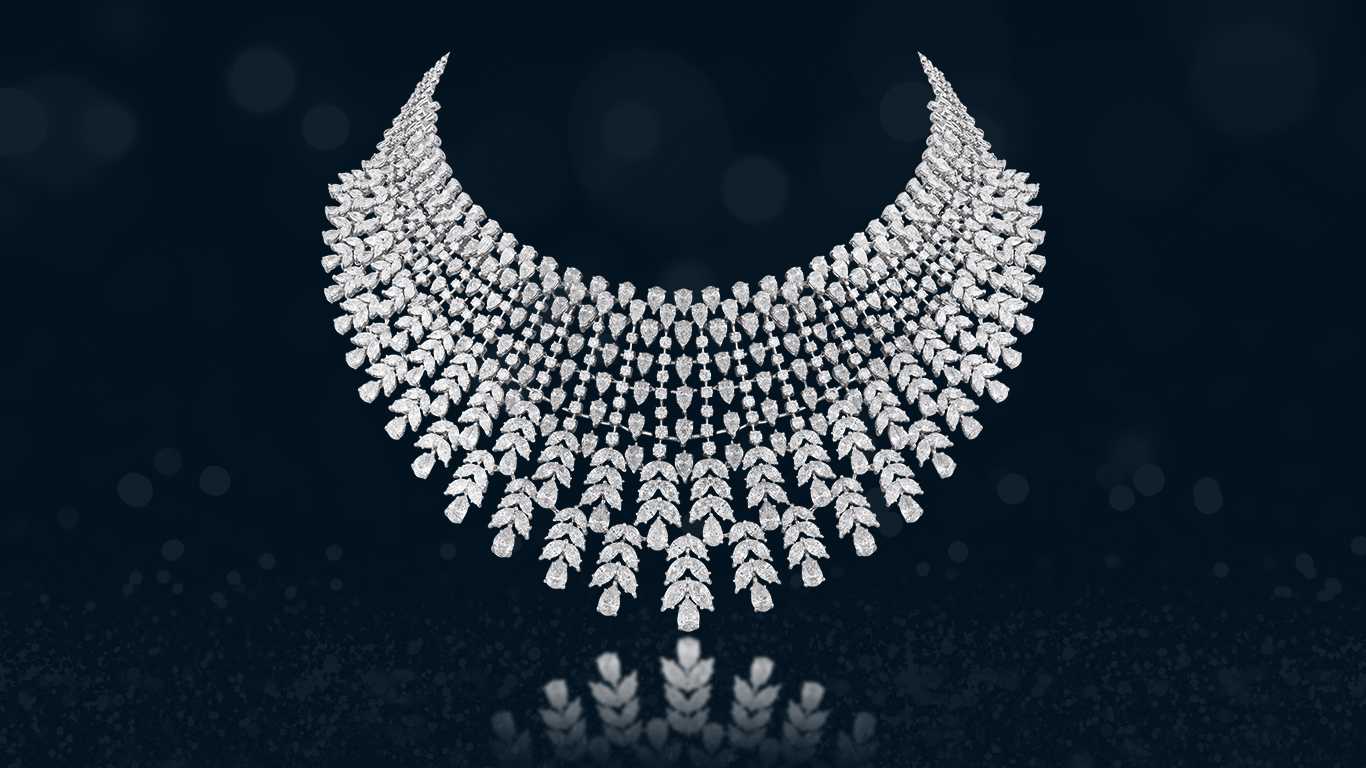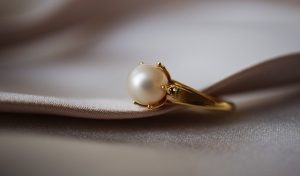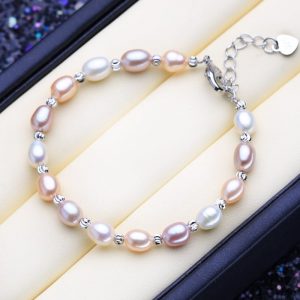jewelry, objects of personal adornment prized for the craftsmanship going into their creation and generally for the value of their components as well.

Throughout the centuries and from culture to culture, the materials considered rare and beautiful have ranged from shells, bones, pebbles, tusks, claws, and wood to so-called precious metals, precious and semiprecious stones, pearls, corals, enamels, vitreous pastes, and ceramics. In certain eras artist-craftsmen have sometimes placed less emphasis on the intrinsic value of materials than on their aesthetic function as components contributing to the effect of the whole. Thus, they might fashion a brooch out of steel or plastic rather than gold or platinum. Furthermore, in addition to its decorative function, during much of its history jewelry has also been worn as a sign of social rank—forbidden by sumptuary laws to all but the ruling classes—and as a talisman to avert evil and bring good luck. During the Middle Ages, for example, a rubyring was thought to bring its owner lands and titles, to bestow virtue, to protect against seduction, and to prevent effervescence in water—but only if worn on the left hand.
With the non-availability of the infrastructure for the development of the crafts sector in Jharkhand and further being a new setup, the promotion of crafts from this area is lacking.

Materials and methods :
The first materials used to make objects for personal adornment were taken from the animal and vegetable world. The material taken from the animal world, in a natural or processed form, constituted the actual adornment, whereas vegetable fibres served as its support. A great variety of shells and pieces of shell were used during the prehistoric age and are still used in certain island and coastal cultures to make necklaces, bracelets, pendants, and headdresses. In the inland regions the first materials used for personal adornment came from mammoths’ tusks, the horns of reindeer and other animals, and, later on, amber and lignite.
All materials that have been used over the centuries for the manufacture of jewelry have undergone to some extent mechanical, physical, or chemical treatment for the purpose of transforming their raw shapes into shapes that, in addition to being functional, also satisfy certain aesthetic concepts.
Precious metals and their properties
Of gold’s properties, when it was first discovered (probably in Mesopotamia before 3000 BCE), it was the metal’s malleability that was a new phenomenon: only beeswax, when heated to a certain temperature, could be compared to it. Gold’s molecules move and change position in accordance with the stresses to which it is submitted, so that when it is beaten it gains in surface area what it loses in thickness. In modern jewelry, gold can take on a variety of hues when it is alloyed with other metals: water green, white, gray, red, and blue.






Greetings! Very helpful advice in this particular post! It is the little changes that make the most significant changes. Thanks for sharing!
I need to to thank you for this good read!! I definitely loved every little bit of it. I have you book-marked to look at new things you postÖ
Thanks for your blog, nice to read. Do not stop.